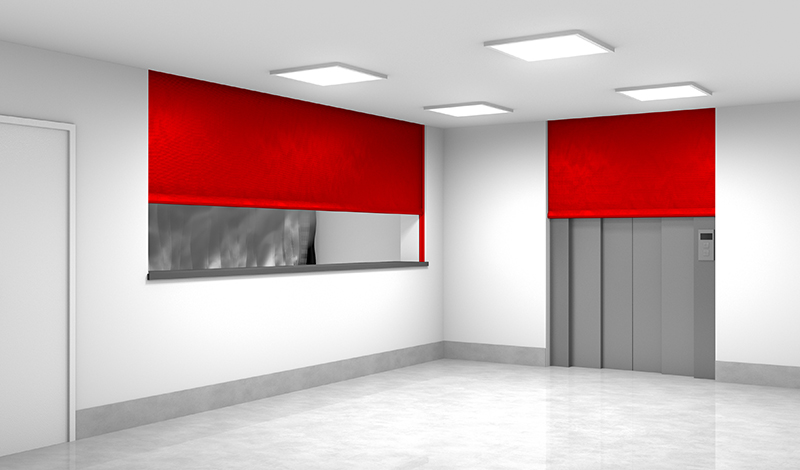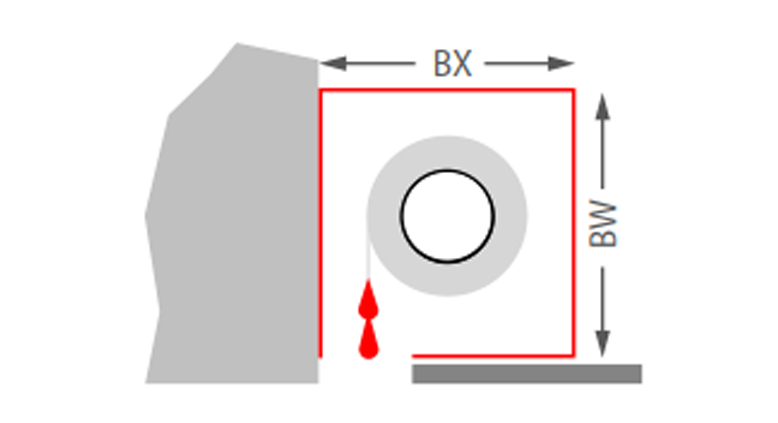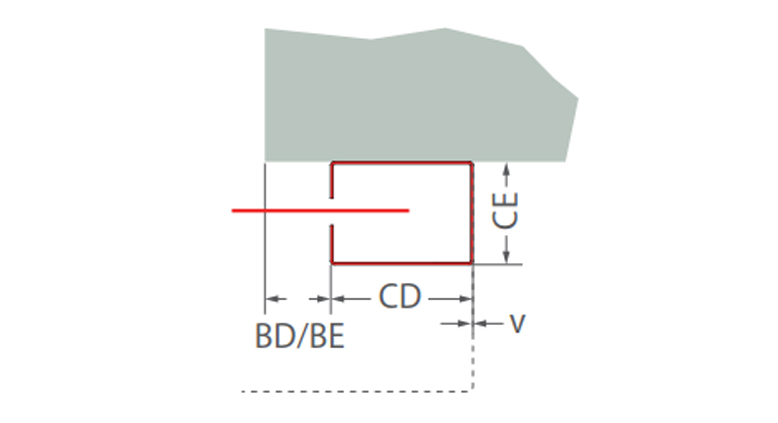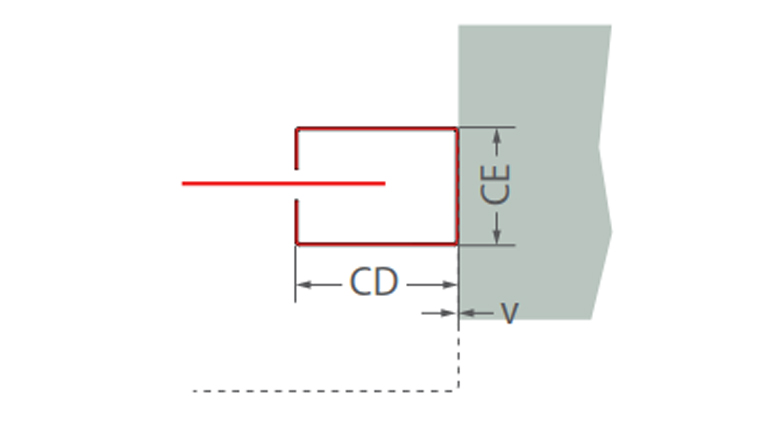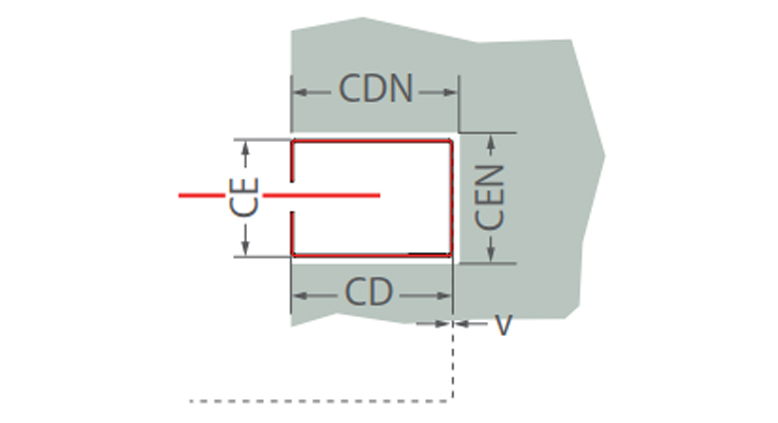SYSTÈME: FIBERSHIELD® | SÉRIE: FIBERSEAL
| Fonction | Fermeture coupe-fumée et coupe-feu non isolante, de type textile |
| Justificatif | Marquage CE selon EN 16034:2014 en combinaison avec EN 13241:2003+A2:2016 |
| Sens de fermeture | Du haut vers le bas |
| Résistance au feu | E 0 – EW 120 | contrôlé selon EN 1634-1:2014+A1:2018 | classé selon EN 13501-2:2016 |
| Protection contre la fumée | Sa, S200 | testé selon EN 1634-3:2005-01 | classé selon EN 13501-2:2016 |
| Schließzyklen | C0, C, C1, C2 | testé selon EN 12605:2000-08 et EN 12604:2017-12 | classé selon la norme EN 13501-2:2016 |
| Comportement au feu du textile | A2-s1, d0; B-s1, d0; E-d2 | testé selon ISO 1716 et EN 13823 ou ISO 11295-2 | classé selon EN 13501-1:2018 |
| Conditions environnementales | Des conditions environnantes particulières ne sont pas prises en considération (par ex. humidité de l’air > 80 %, température ambiante < 5 °C et > 45 °C, charges du vent, etc.) |
| Surfaces visibles | Galvanisées, couleur standard RAL et NCS |
Structure constructive du système (dessin du système)
Les dimensions maximales indiquées peuvent être réduites par la combinaison de classifications ou le rapport de la largeur intérieure du système et de la hauteur intérieure du système. Les indications de l’offre sont valables.
| Classification Protection contre les incendies | Dimensions max* [y x r] en mm | Textile | Épaisseur de paroi* en mm | Caisson | Coulisses |
| E 30, EW 30 | 7700 x 5000 | Heliotex 9 | 150 | Typ A, B, C, D, E | Typ 1, 2 | E 60, EW 60 | 7700 x 5000 | Heliotex 9 | 150 | Typ A, B, C, D, E | Typ 1, 2 |
| E 90, EW 90 | 7700 x 5000 | Heliotex 9 | 150 | Typ A, B, C, D, E | Typ 1, 2 |
| E120 | 7700 x 5000 | Heliotex 9 | 175 | Typ A, B, C, D, E | Typ 1, 2 |
| E120, EW 120 | 4340 x 2700 | Heliotex 9 | 175 | Typ A, B, C, D, E | Typ 1, 2 |
| C0, C1 | 7500 x 5000 | Protex 600 2S | |||
| C0, C1, C2 | 7002 x 4500 | Protex 1100 2S | |||
| C0, C1, C2 | 7500 x 5000 | Heliotex 9 | |||
| Sa *** | Longueur de joint de 14,85 m | Protex 600 2S | Typ A, B, C, D, E | ||
| Sa *** | Longueur de joint de 14,85 m | Protex 1100 2S | Typ A, B, C, D, E | ||
| Sa *** | Longueur de joint de 14,85 m | Heliotex 9 | Typ A, B, C, D, E | ||
| S200 **** | Surface de 25,2 m2 Longueur du joint de 20,1 m | Protex 600 2S Protex 1100 2S Heliotex 9 |
La situation de montage doit être conforme aux exigences légales de construction du pays de montage. La résistance au feu d'une structure porteuse de plafond ou de mur et des éléments de construction adjacents doit être correspondre au moins à celle de la fermeture coupe-feu et / ou pare-fumée ou à celle du rideau coupe-feu et / ou pare-fumée. La preuve de la stabilité et de l'aptitude à l'emploi des éléments adjacents murs et éléments de construction doit être assurée dans des conditions ambiantes générales et en cas d'incendie. Voir également les indications relatives à la structure porteuse normalisée dans les normes EN1366-7:2004 ou EN1363-1:2020. Le En cas d'incendie, le système de protection incendie ne doit pas être soumis à une charge supplémentaire autre que son propre poids.
* Différences de dimensions sur demande
** types de parois testées selon les instructions de montage
*** normatif : 3 côtés sans baguette de finition ne doivent pas être dépassés!
**** normatif : 4 côtés ne doivent pas être dépassés!
Variantes de montage caisson
Coulisses
Remarque : ligne en pointillé pour le logement de l'arbre d'enroulement (boîtier)
